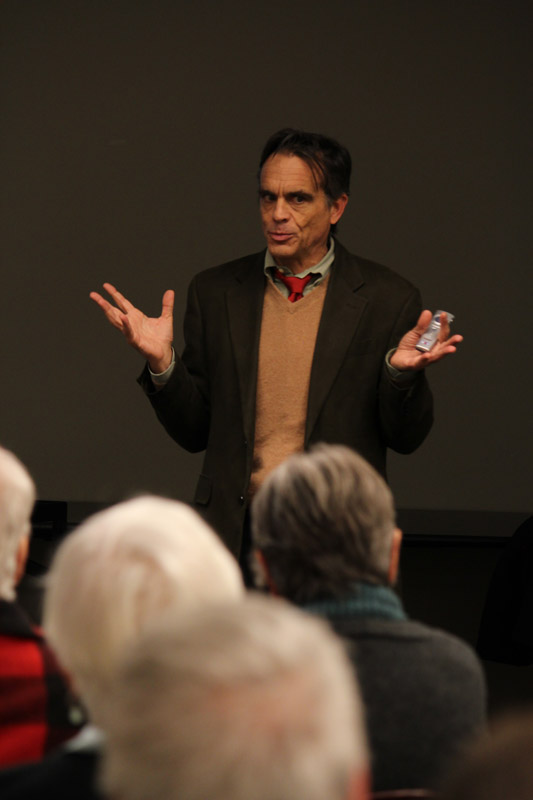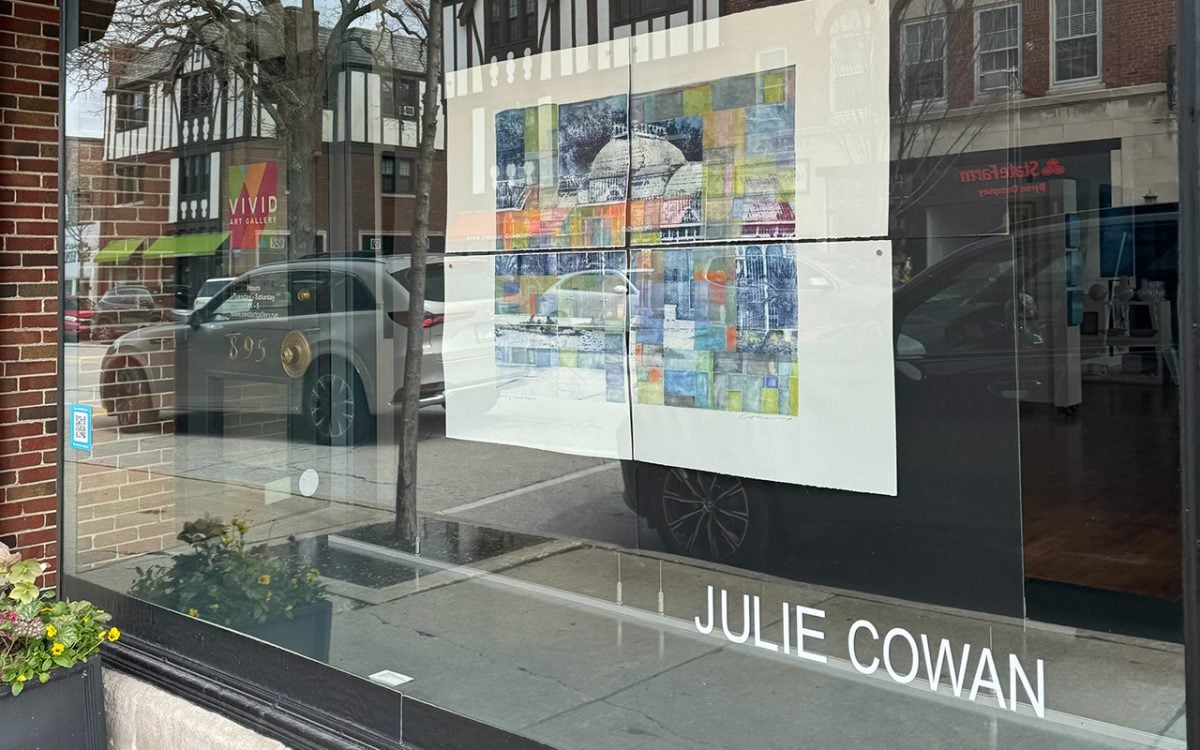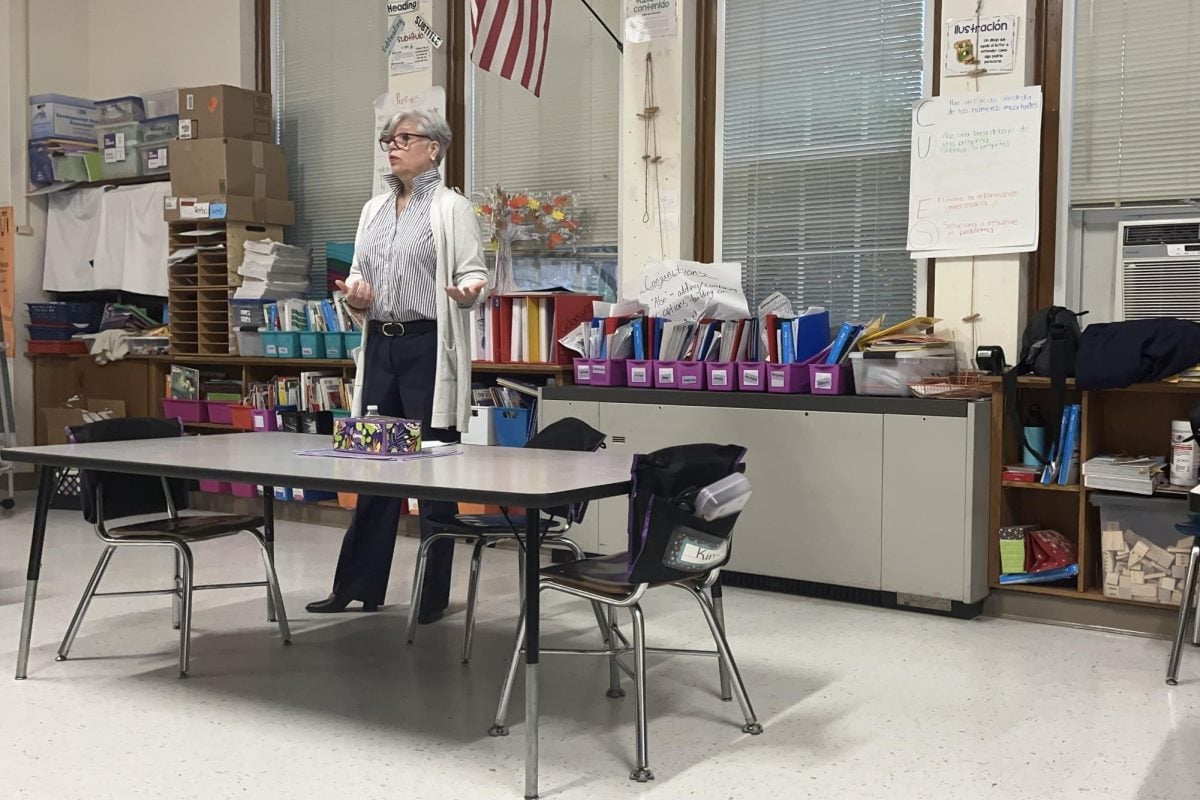In 2006, Italian Prof. Thomas Simpson discovered a painting in a small museum in Italy and investigated enough of the scandalous murder story behind it to write a book.
Simpson gave a lecture Thursday night at the Evanston Public Library, where about 40 people gathered to hear about “Murder and Media in the New Rome: The Fadda Affair.” His talk was the second lecture in the 2012-2013 Evanston Northwestern Humanities Lecture Series.
Lesley Williams, the library’s head of adult services, said the most popular lectures are ones thatpeople can relate to themselves and to the present.
“We like to think that a lot of the topics we pick are going to have ongoing relevance and this one, the idea of media scandals and media celebrity, certainly is something that is still very current,” Williams said. “You can draw some connections to the Newtown school shooting which shows the notion of crime and media and how those work together.”
Simpson chose not to discuss connections, however, between 19th century Italy and today. Instead of offering analysis, Simpson began telling the story to his audience in the same way that he stumbled upon it — with Francesco Netti’s painting, “In Corte d’Assise.”
Evanston resident William Geuss said he appreciated the fact that the painting was Simpson’s inspiration for his book.
“Paintings tell amazing, very interesting stories,” Geuss said. “Paintings are intriguing and a window to history. You can step into the painting and go into the past.”
In the painting, Italian women look down from a courtroom balcony at Raffaella Saraceni, a woman who had an affair with a circus acrobat who allegedly stabbed and killed her husband, Giovanni Fadda. Simpson said the “Fadda Affair” became a sort of entertainment for the public as the media supplied news about it almost every day.
“Below the fold in the newspaper, newspapers started including novels, sensational stories,” he said. “Newspaper people started to realize that people were much more interested in reading the salacious details in stories than they were about reading events in Parliament.”
Simpson said people became attached to the scandal because it brought forth tensions people were feeling about the unification of Italy and their own personal matters.
“When a murder happens, and it becomes a matter of public interest, the actual human individuals at the center of the story are sort of abstracted into symbols of something more,” Simpson said. “The actual flesh and blood person at the center of the trial almost becomes a secondary personage.”
Saraceni became the controversial center of people’s personal issues, Simpson said, whether she represented women, southern Italy or a rebel undermining the government by killing her war-hero husband.
The trial became very much a political symbol and the manifestation of social tensions, Simpson said.
“Unlike the stereotype of the tradition of the southern conduct, which is that of the vendetta, of the knifing in the back in the dark,” Simpson said, describing the attitude of some Italians during the trial, “the northern and civilized Italian state has a transparent legal process that sorts out these matters, these acts of crime.”
Although Italians had their differences in opinion, the “Fadda Affair” was an opportunity for some of those differences to be sorted out. Simpson said the trial helped unify the nation; through the media, the trial was something that was known “in every corner of the peninsula.”




















